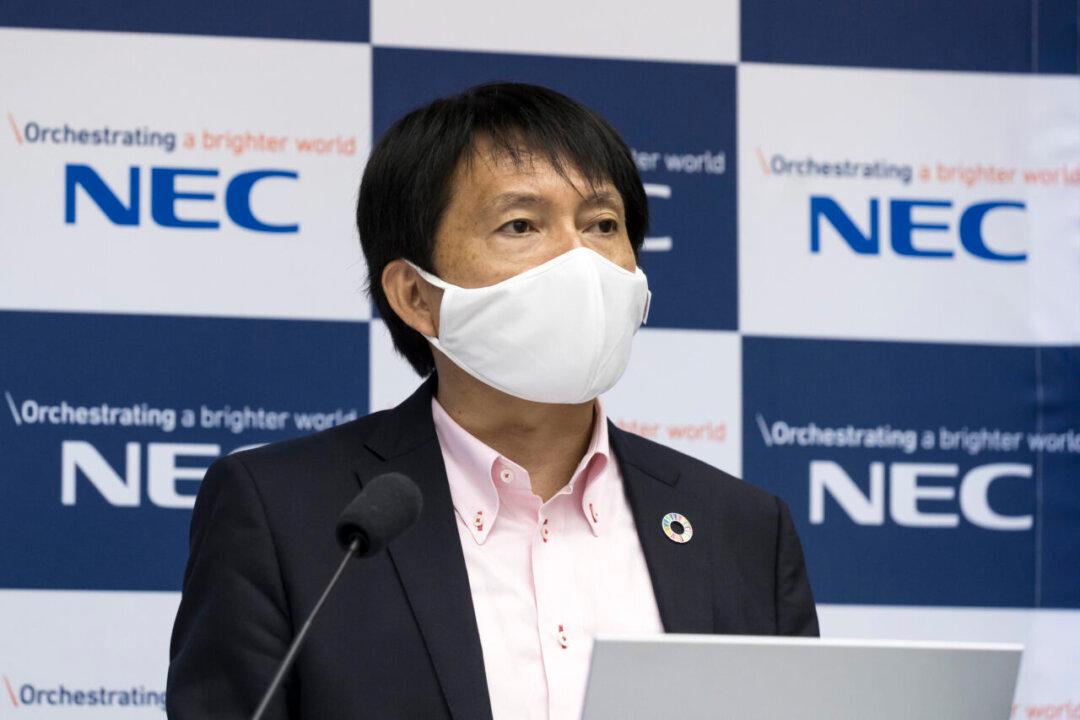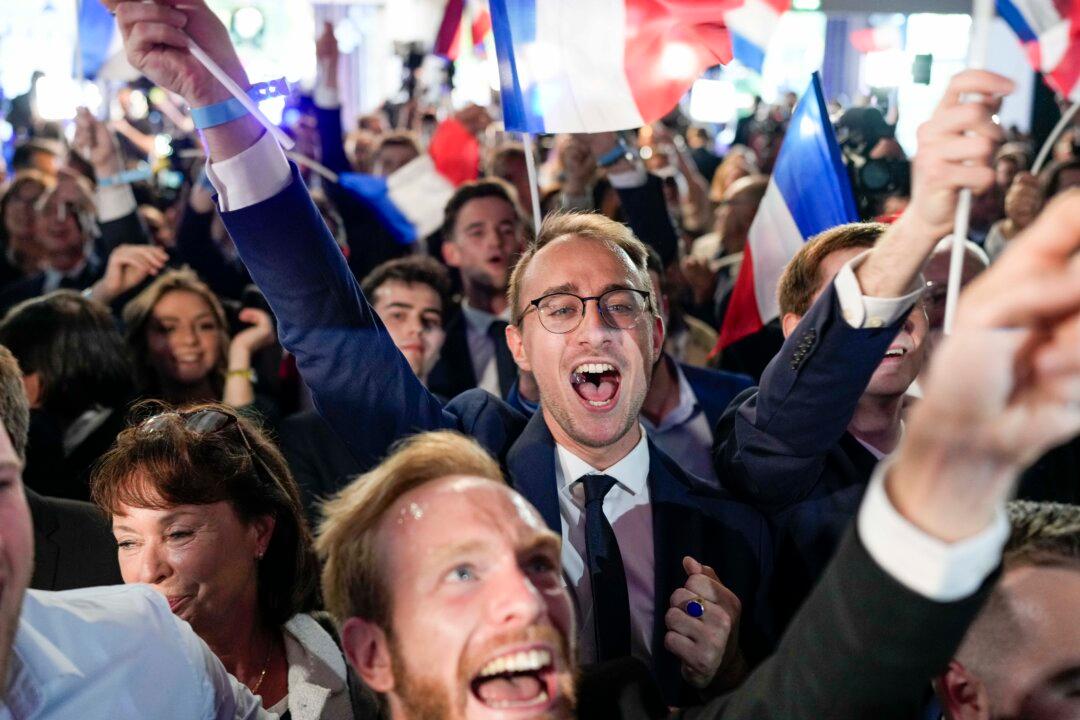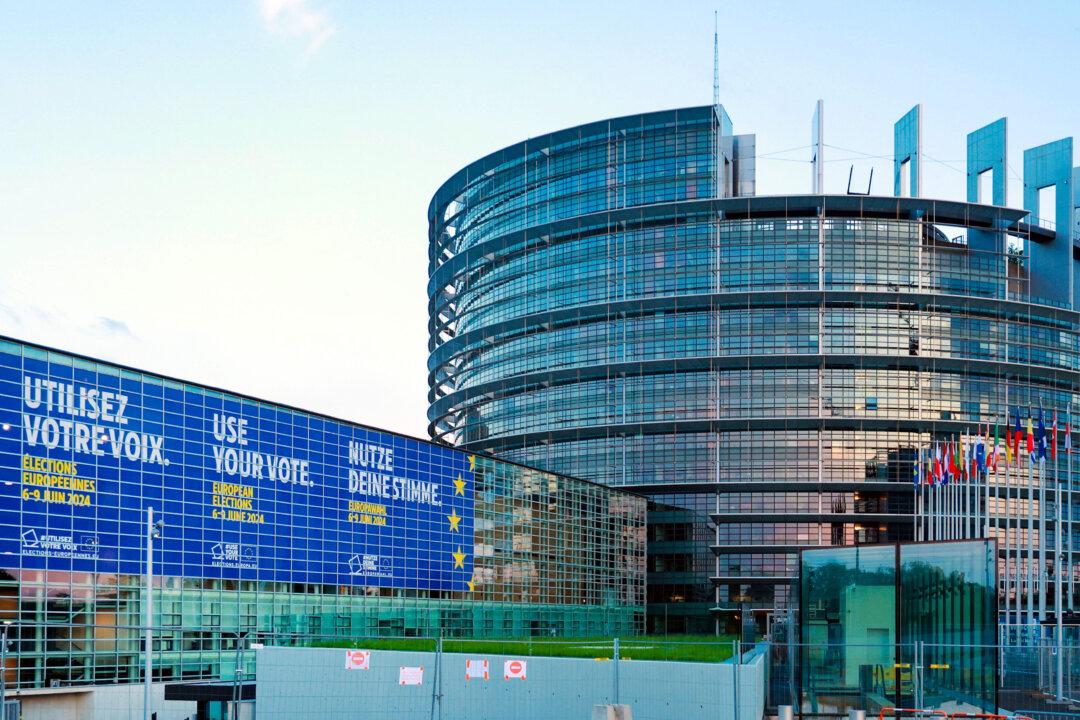A Japanese information technology and electronics company and the country’s largest telecom operator announced plans to partner on research and development of secure 5G networks, challenging Chinese technology company Huawei, which has been designated a national security threat by the United States.
NTT, a Japanese telecommunication group, will acquire a 4.8 percent stake in NEC, a Japan-based telecom equipment-maker, for 64.5 billion yen ($597 million), to spur the development of a “made-in-Japan” 5G network, according to Nikkei Asian Review.





